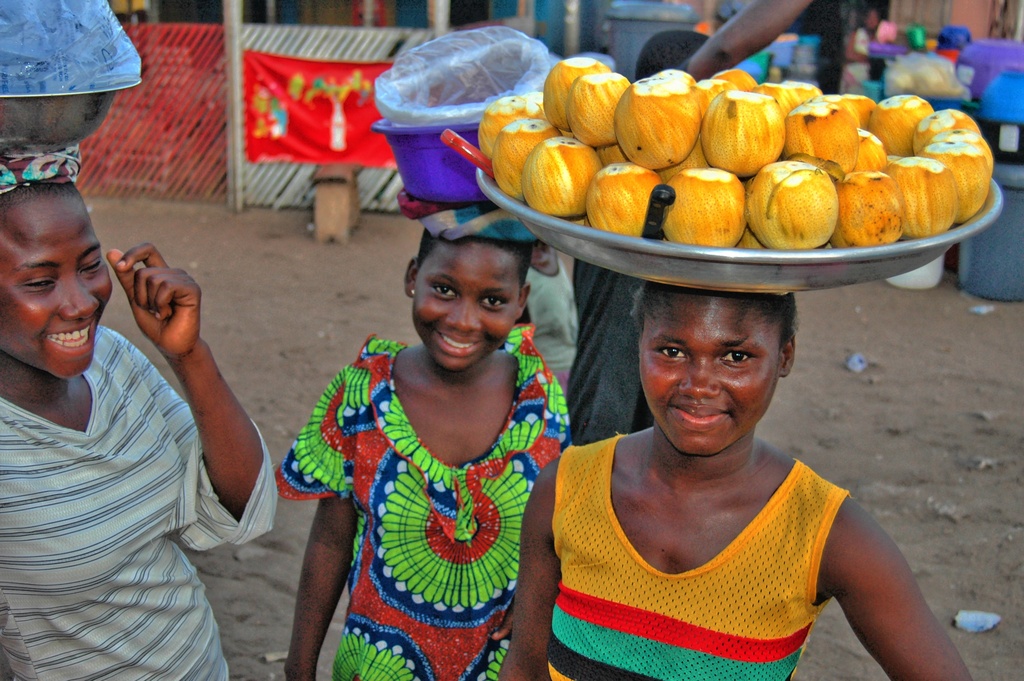Kwamina Baidoo
Biography of Kwamina Baidoo
Full Name: Kwamina Baidoo
Nationality: Gold Coaster (Ghanaian)
Occupation: Merchant, Political Figure, Community Leader
Known For: Prominent coastal merchant and political intermediary in the 19th-century Gold Coast; known for his role in commerce, colonial negotiations, and local governance during a transformative era in West African history
Historical Context
Kwamina Baidoo lived and operated in the 19th-century Gold Coast, a period marked by major shifts in West Africa’s political, economic, and social landscapes. This era witnessed:
The decline of the trans-Atlantic slave trade
The rise of “legitimate” commerce (such as palm oil, rubber, and gold exports)
Increasing British colonial expansion into coastal and inland territories
The growing importance of local African elites as intermediaries between colonial authorities and indigenous communities
It was in this complex environment that Baidoo emerged as a key figure along the coast, leveraging his commercial success to gain political influence.
Merchant Career
Kwamina Baidoo built his reputation as a coastal trader, engaging in commerce with both European companies and African networks. Operating from one of the key Fante trading towns—possibly in the Cape Coast or Anomabo region—he traded in:
Palm oil and kernels
Gold and kola nuts
European manufactured goods, including textiles and tools
Baidoo was part of a rising class of African merchant-elites who took advantage of post-slavery economic structures. He likely had access to warehouses, shipping arrangements, and credit lines through partnerships with European firms.
His command of multiple languages and understanding of both African and European customs positioned him as a cultural and economic bridge.
Political Role and Influence
Beyond business, Kwamina Baidoo was deeply involved in local politics. As was common among powerful coastal merchants of the time, he used his wealth and status to:
Influence chieftaincy affairs and council decisions
Act as a negotiator or liaison between British colonial officers and African rulers
Advocate for local economic interests, especially during periods of trade regulation and tax disputes
He was likely a member of a town council or merchant association, and may have held an honorary or semi-official role in colonial governance—such as a native commissioner or advisor.
Baidoo's political engagement reflected the era’s blurred lines between commerce and authority, where economic strength often translated into political leverage.
Impact on Society and the Colonial Economy
Kwamina Baidoo’s activities contributed to:
The expansion of coastal trade networks
The growth of African-controlled businesses in competition or collaboration with European firms
The emergence of a literate, property-owning African elite class that challenged racial hierarchies in colonial society
Figures like Baidoo helped redefine African agency during a time when European powers were asserting dominance but still relied heavily on local intermediaries for stability and profit.
Legacy
Though not widely known in mainstream historical texts, Kwamina Baidoo represents a generation of African entrepreneurs and leaders who helped shape the pre-colonial and early colonial Gold Coast.
His life reflects:
The adaptability and innovation of African merchants during global economic shifts
The political power wielded by local elites, even under increasing colonial pressure
The formation of a hybrid identity, merging indigenous authority with colonial influence
In regional memory and historical scholarship, he stands as a symbol of African resilience, leadership, and negotiation in an era of profound change.
Kwamina Baidoo was more than a merchant—he was a strategic thinker, political actor, and cultural bridge between two worlds. His success along the Gold Coast’s vibrant trade routes and his influence in local governance illustrate the dynamism of African leadership during the 19th century. As the Gold Coast evolved into modern Ghana, it was individuals like Baidoo who laid the economic and political groundwork for future generations.
.Other websites - Not shown within our main site-map:
- Fort Teshie (Fort Augustaborg) - Teshie, Accra)
- Fort Komenda - 2 Forts at Komenda (Central Region, near Elmina and Cape Coast, Central Region)
- Forth Conraadsborg (Elmina, Central Region)
- Fort Ussher (Accra, Ussher Town)
- Fort Wiliam (Cape Coast, Central Region)
- Fort Victoria (Cape Coast, Central Region)
- Fort Batenstein (Butree, Western Region)
- Fort Patience (Central Region)
- Kwame Nkrumah Memorial Park and Museum (Accra)
- Yaa Asantewaah Museum (Ashanti Region)
- The W .E. B. Du Bois Centre for Pan African Culture (Accra)
- Volta Regional Museum, Ho (Volta Region)
- Kakum National Park (Central Region, near Cape Coast)
- Aburi & Aburi Botanical Gardens (Aburi, Eastern region)
- Kwame Nkrumah Mausoleum Nkroful (Western Region, Nkroful)
- Official website of Tetthe Quarshie Art market (Accra)
Search Ghana Flights Info

3 girls selling fruits and food at the road side. (c) Strictly by Remo Kurka (photography)